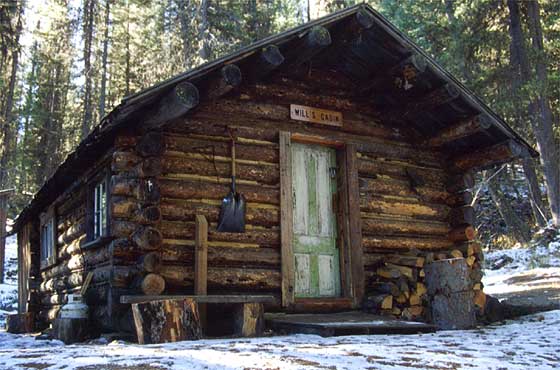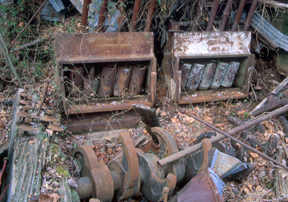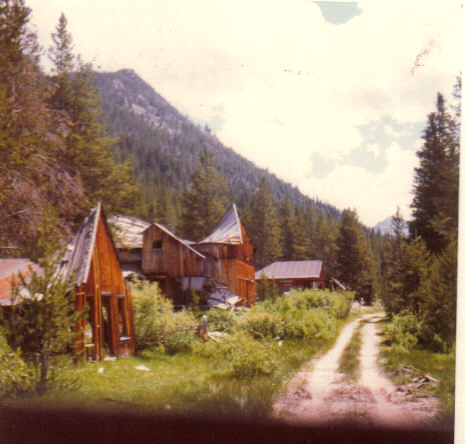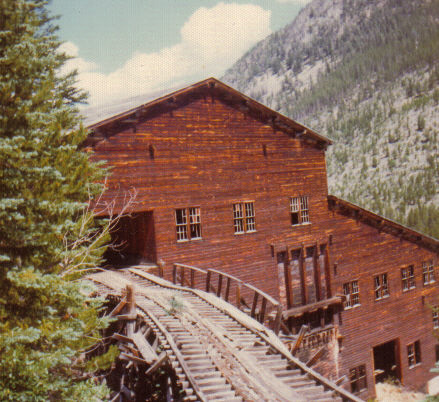Two Above and the one below: A mine called Elkhorn Mine occupied this area. It was large enough to dwarf a Home Depot. It covered the entire mountainside and down into this field. It had 3 huge stirring wheels that used cyanide for leaching the gold out of the ore.
Gold cyanidation (also known as the cyanide process or the MacArthur-Forrest Process) is a metallurgical technique for extracting gold from low-grade ore by converting the gold to water soluble aurocyanide metallic complex ions. As of 2005 it is the most commonly used process for gold extraction. Due to the highly poisonous nature of cyanide, the process is controversial.
It was a mine and mill combined where there was a railroad built in to here and a power plant both just for this mine. The mine tunneled down so deep that iron beams were buckling under the weight. The mine did not run out of gold, it ran out of a way to hold the ground from caving in.
The town of Coolidge was built here for the miners and was just down from the mine. It had a school, church as well as restaurant, homes saloons bank, assay office and cook house. |









